The remote town of Whitehorse in Canada’s Yukon Territory has long been a magnet for aurora chasers. Nestled in the heart of the northern wilderness, its clear skies and minimal light pollution make it one of the best places on Earth to witness the mesmerizing dance of the Northern Lights. But predicting when and how intensely the aurora will appear remains a challenge—one that scientists and local tour operators are increasingly tackling with advanced KP index forecasting models.
The KP index, a scale ranging from 0 to 9, measures geomagnetic activity caused by solar wind interacting with Earth’s magnetosphere. For aurora hunters, a higher KP value often signals a more vibrant and widespread display. In Whitehorse, where tourism thrives on these celestial spectacles, accurate KP predictions are more than just scientific curiosities—they’re vital for planning tours and managing visitor expectations.
Understanding the KP Index and Its Local Relevance
While the KP index is a global metric, its implications vary by location. Whitehorse’s proximity to the auroral oval—a ring-shaped zone around the geomagnetic poles—means even moderate KP values (around 3 or 4) can produce stunning displays. However, during periods of high solar activity, the oval expands, bringing the lights further south and increasing visibility for lower-latitude observers. This dynamic relationship makes localized forecasting essential.
Historically, aurora predictions relied on broad estimates from space weather agencies. Today, researchers are refining these models by incorporating regional data, such as real-time magnetometer readings from the Yukon. These hyperlocal inputs help adjust for discrepancies between global KP forecasts and what’s actually observable in Whitehorse’s skies.
The Science Behind the Predictions
Solar wind, composed of charged particles ejected from the sun, takes roughly two to three days to reach Earth. By monitoring solar flares and coronal mass ejections (CMEs), scientists can anticipate incoming geomagnetic storms. Satellites like NOAA’s DSCOVR provide early warnings, but translating these into accurate KP forecasts requires complex algorithms that account for Earth’s magnetic field fluctuations.
In Whitehorse, researchers collaborate with tour operators to ground-truth predictions. For instance, a KP 5 forecast might not always align with what’s seen on the ground due to microvariations in the magnetosphere. By comparing predicted and observed activity, they’re building a feedback loop that improves future forecasts.
Challenges and Innovations in Aurora Forecasting
One major hurdle is the KP index’s three-hour averaging window. Auroras can pulse dramatically within minutes, leaving visitors disappointed if they miss a brief outburst. To address this, some Whitehorse-based forecasters now supplement KP data with short-term indicators like the Bz component of the interplanetary magnetic field (IMF). When Bz turns sharply southward, it often precedes intense auroral activity—a nuance the KP index alone can’t capture.
Another innovation is the use of machine learning to analyze decades of solar cycle data. By identifying patterns in sunspot activity and solar wind speed, these models offer probabilistic forecasts, giving tour guides a range of likely scenarios rather than a single KP number.
Economic and Cultural Impacts
For Whitehorse, reliable aurora forecasts are an economic lifeline. The town’s winter tourism industry revolves around the Northern Lights, with visitors flocking between late August and mid-April. Accurate predictions help businesses optimize staffing and logistics, while overpromising on aurora activity can damage reputations when expectations aren’t met.
Indigenous communities in the Yukon also benefit from these advancements. The Northern Lights hold deep cultural significance for First Nations peoples, and improved forecasting aids in planning traditional storytelling events under the aurora—an intersection of science and heritage that enriches both locals and tourists.
Looking Ahead: The Future of Aurora Tourism
As solar activity ramps up toward the 2025 solar maximum, Whitehorse is bracing for a surge in aurora tourism. Forecast models will face their ultimate test during this period of heightened geomagnetic storms. Meanwhile, initiatives like the Yukon’s "Dark Sky Preserve" designation aim to protect the region’s pristine viewing conditions from light pollution, ensuring that the KP index’s predictions remain visible to the naked eye.
For now, visitors to Whitehorse can take solace in knowing that behind every aurora forecast lies a blend of cutting-edge science and hard-earned local knowledge—a partnership as dynamic as the lights themselves.
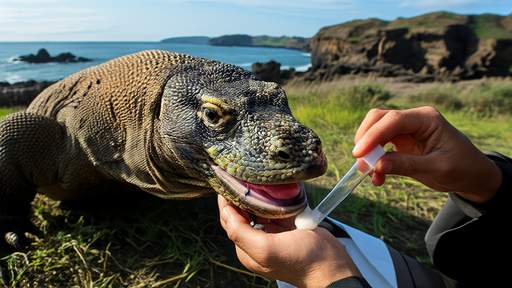
By /Jun 5, 2025
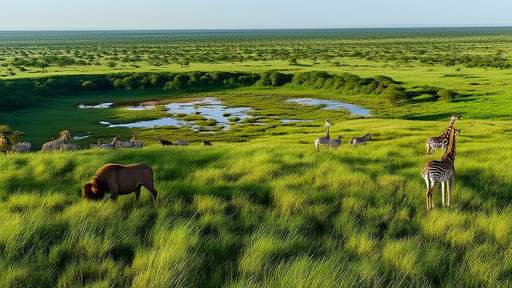
By /Jun 5, 2025
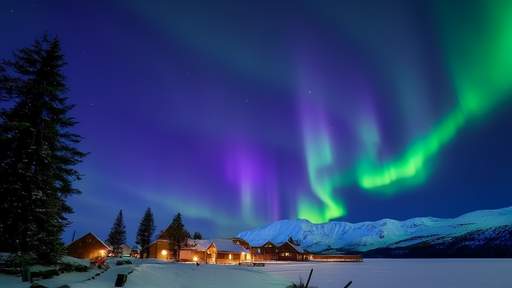
By /Jun 5, 2025
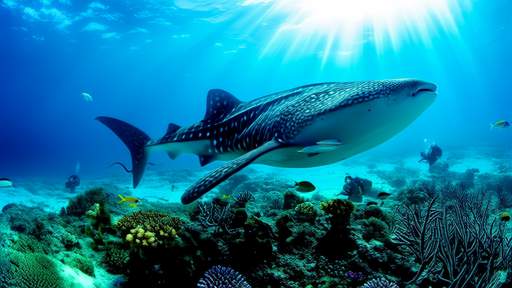
By /Jun 5, 2025
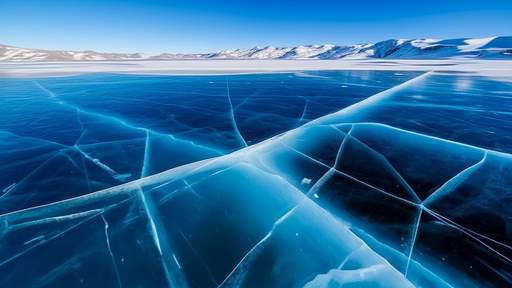
By /Jun 5, 2025
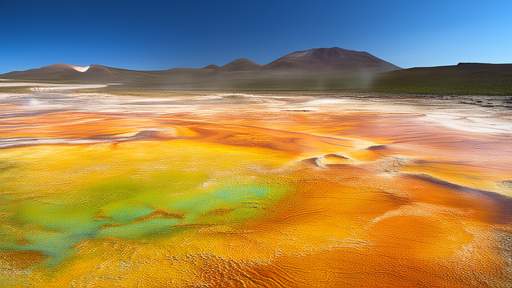
By /Jun 5, 2025
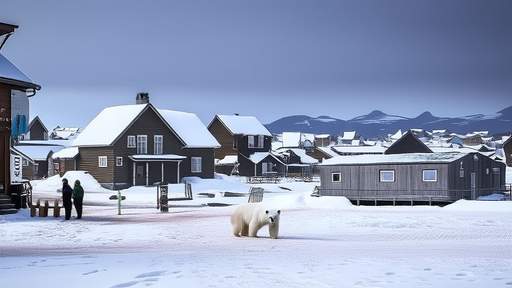
By /Jun 5, 2025
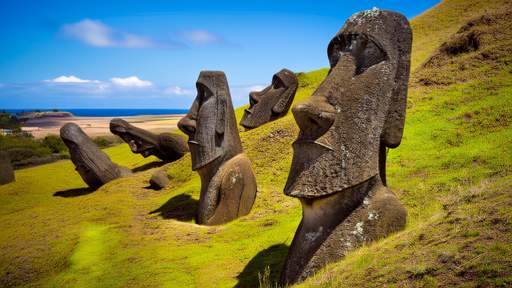
By /Jun 5, 2025
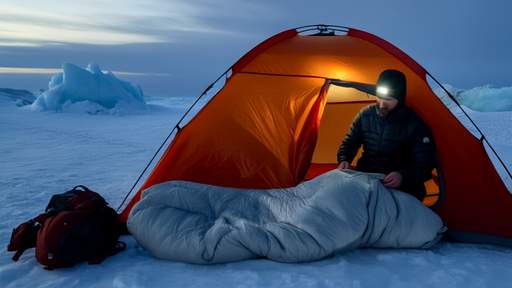
By /Jun 5, 2025

By /Jun 5, 2025
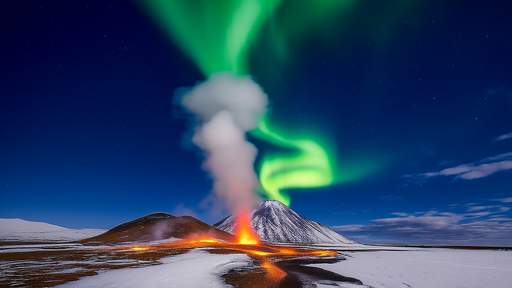
By /Jun 5, 2025
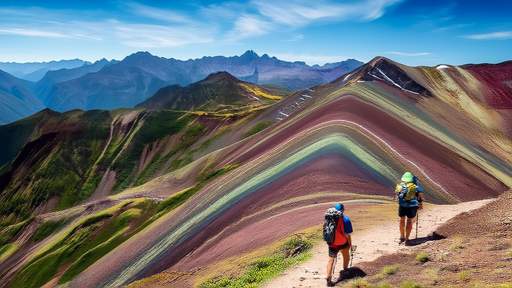
By /Jun 5, 2025
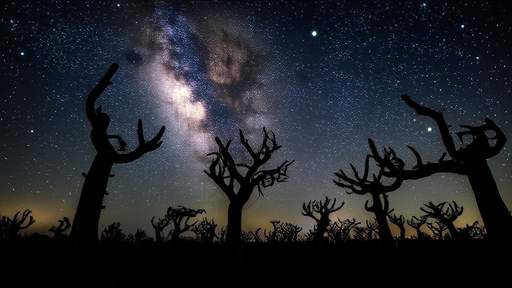
By /Jun 5, 2025
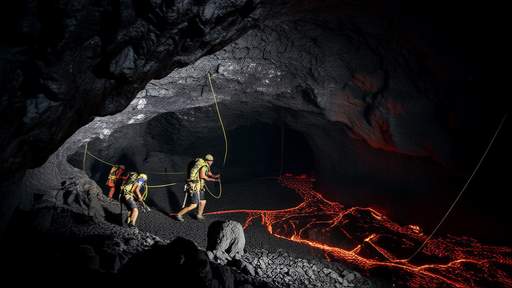
By /Jun 5, 2025
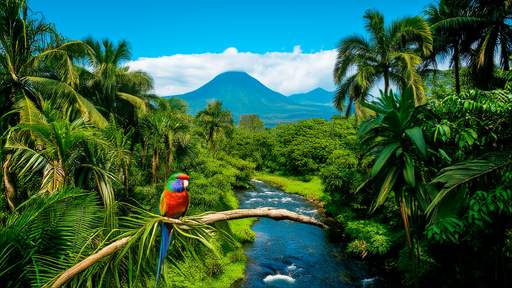
By Victoria Gonzalez/Jun 4, 2025

By Grace Cox/Jun 4, 2025

By Sophia Lewis/Jun 4, 2025

By Elizabeth Taylor/Jun 4, 2025
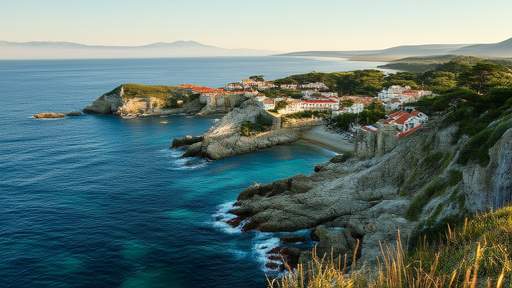
By Megan Clark/Jun 4, 2025

By Megan Clark/Jun 4, 2025